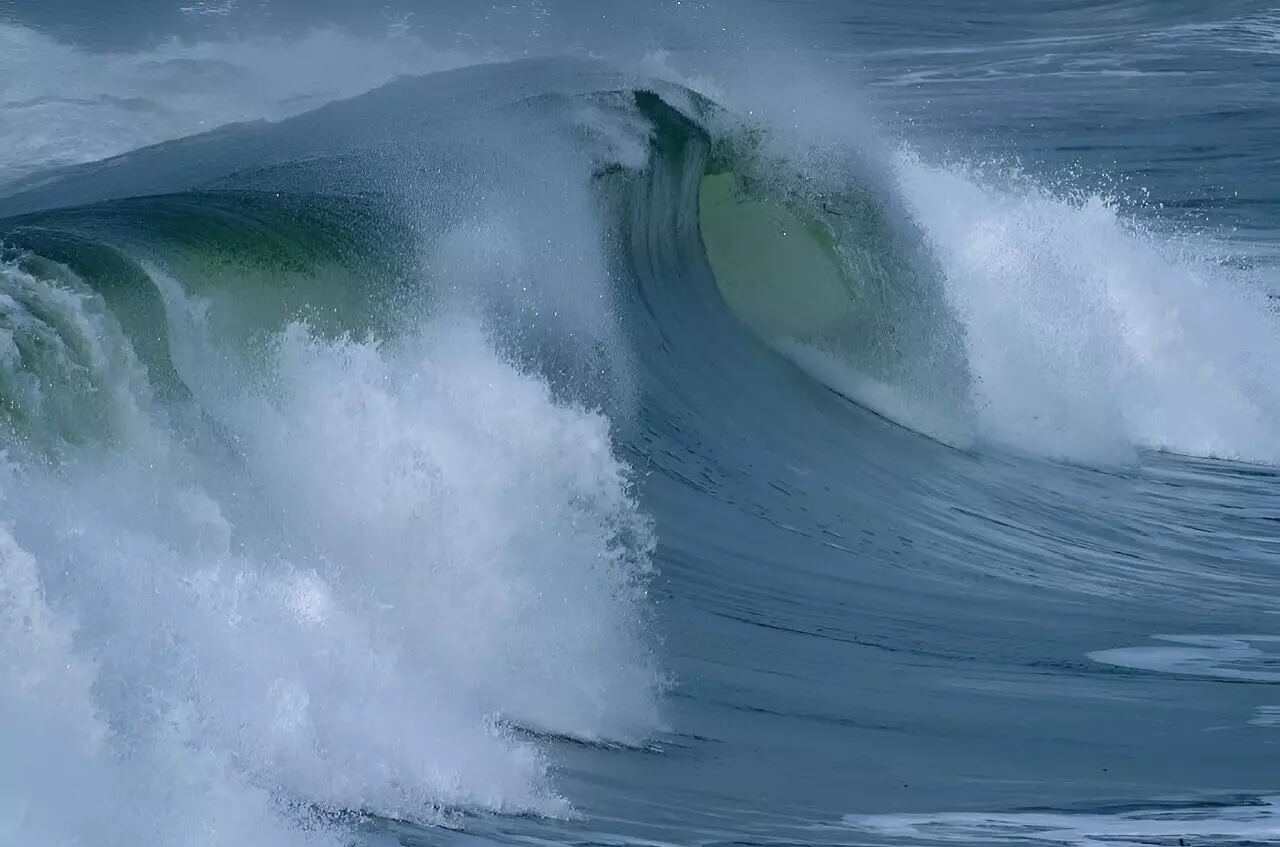Rogue waves represent one of the ocean’s most unpredictable and formidable phenomena. Often described as “freak waves,” these immense walls of water can rise unexpectedly, posing a serious threat to maritime vessels and offshore operations. Traditionally, the unpredictability of these waves has forever placed ships in a perilous position, as they often appear suddenly and without warning. This has raised a crucial question: how can technology help mitigate the risks associated with these immense waves?
Groundbreaking Predictive Tool
A groundbreaking study published in *Scientific Reports* has introduced a groundbreaking predictive tool designed specifically for this challenge. Developed by researchers Thomas Breunung and Balakumar Balachandran, this tool utilizes a neural network to forecast rogue wave occurrences up to five minutes before they strike. The implications are enormous—not only can such a prediction provide essential warnings for vessels, but it can also allow operators of offshore platforms to execute emergency procedures that could prevent catastrophic accidents.
The neural network was meticulously trained using a vast dataset encompassing 14 million thirty-minute samples. These samples were derived from the measurements taken by 172 buoys strategically positioned along the coastlines of the continental United States and the Pacific Islands. This depth of data ensures that the model has a robust foundation, allowing it to discern which ocean wave patterns are precursors to rogue waves.
Impressive Accuracy Rates
In their study, the authors tested the robustness of their model against a separate dataset featuring 40,000 sea surface elevation measurements. Remarkably, the tool demonstrated an impressive ability to predict the emergence of 75% of rogue waves just one minute ahead and 73% with a five-minute warning. This level of accuracy is a monumental leap forward, far surpassing previous capabilities in anticipating such oceanic threats. Moreover, potentially extending its utility, the model’s predictions successfully translated to buoys not included during the training phase, forecasting with a 75% accuracy one minute into the future.
Expanding the Capability of Predictions
The study does not end with the current capabilities of the neural network. The researchers are optimistic about refining the tool further. By integrating additional variables such as water depth, wind speed, and precise wave locations into the predictive algorithm, they foresee significant improvements in both the accuracy of forecasts and the duration of warnings. The development marks an exciting frontier in marine technology and oceanography, promising to safeguard lives and resources against the capriciousness of the sea.
Future research also holds the tantalizing potential for forecasting the heights of impending rogue waves, providing crucial information for navigation and operational procedures. The journey is only just beginning, yet the technology hinted at by Breunung and Balachandran may well serve as a beacon of safety in the tumultuous seas—a prospect that could redefine maritime resilience and operational safety.

